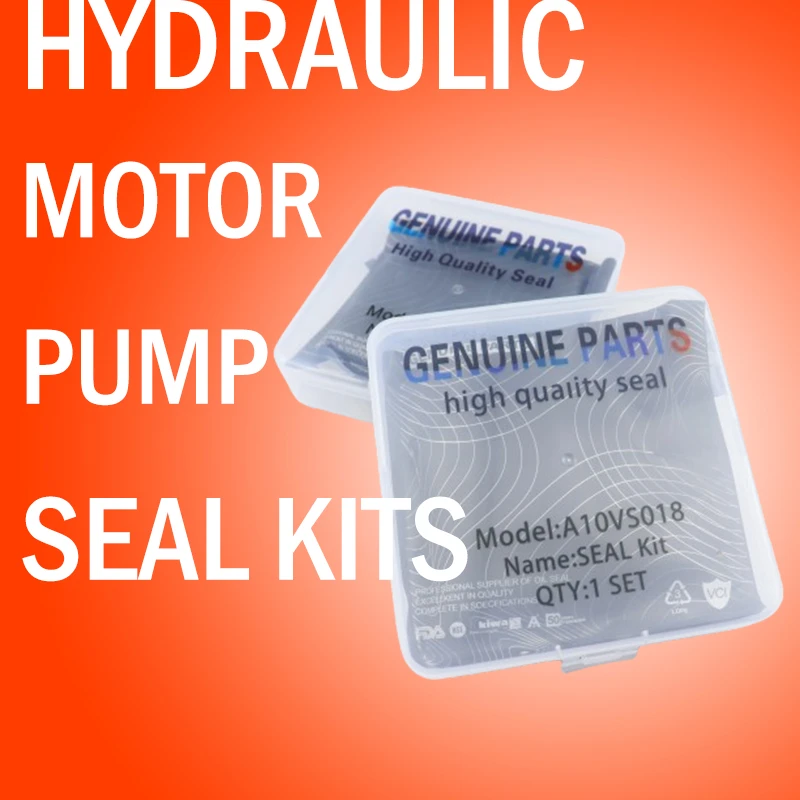Okt . 19, 2024 13:03 Back to list
hydraulic seal
The Importance of Hydraulic Seals in Modern Engineering
Hydraulic seals are pivotal components in a wide range of machinery and equipment, particularly in hydraulic systems. These seals prevent the leakage of fluids, ensuring that hydraulic systems operate effectively and efficiently. Their importance extends across various industries, including automotive, aerospace, manufacturing, and construction. Understanding the functionality, types, and applications of hydraulic seals is essential for anyone involved in engineering or maintenance of hydraulic systems.
Functionality of Hydraulic Seals
At their core, hydraulic seals serve the primary purpose of containing hydraulic fluids within a system. In a hydraulic circuit, pressurized fluid is used to transmit force, and any leakage can lead to significant performance issues, inefficiencies, and potential failure of the system. Hydraulic seals act as barriers that prevent this leakage while accommodating the dynamic movement of components, such as pistons and rods.
Additionally, hydraulic seals help to prevent contamination from external debris and fluids, which could compromise the performance and longevity of the hydraulic system. By maintaining a clean working environment within hydraulic components, seals contribute to the overall reliability and safety of machinery.
Types of Hydraulic Seals
There are several types of hydraulic seals, each designed for specific applications and performance criteria
. The most common types include1. O-rings These are circular seals made from various elastomers, designed to fit into grooves and seal the space between two components. O-rings are widely used due to their simple design, cost-effectiveness, and versatility.
2. U-cups These seals have a U-shaped cross-section, which allows them to adapt to various sealing situations. U-cups are often used in low-pressure applications and can be made from materials suited for different fluid types.
3. Rod seals Specifically designed for hydraulic cylinders, rod seals prevent fluid from leaking out of the cylinder as the rod moves in and out. These seals must withstand high pressures and frequent movement, making material selection critical.
hydraulic seal

4. Piston seals These seals ensure that fluid pressure is maintained within the cylinder. Piston seals must handle higher loads and pressures than rod seals and are often constructed from more durable materials.
5. Back-up rings Used in conjunction with other seals, back-up rings prevent extrusion of the sealing element under high pressure, thereby extending the life of the primary seal.
Applications of Hydraulic Seals
Hydraulic seals are found in an array of applications, demonstrating their versatility and importance in engineering. In the automotive industry, hydraulic seals are crucial in brake systems, power steering, and transmission systems. In construction, heavy machinery such as excavators and bulldozers rely on hydraulic seals to function efficiently and maintain control under demanding conditions.
In the aerospace industry, hydraulic seals are employed in landing gear systems and flight control systems, where precision and reliability are paramount. Moreover, the manufacturing sector utilizes hydraulic seals in various machinery, including presses and injection molding equipment, where fluid power plays a vital role in production processes.
Maintaining Hydraulic Seals
Proper maintenance of hydraulic seals is essential for ensuring the longevity and efficiency of hydraulic systems. Regular inspection can help identify wear, deformation, or damage that could lead to fluid leakage. Operators should also be mindful of the fluid type and temperature, as these factors influence seal performance and material choice.
Furthermore, installing hydraulic seals correctly is vital. Misalignments or incorrect fittings can lead to premature failure of the seals, resulting in costly downtime and repairs. Using the right tools and techniques during installation can significantly impact the overall effectiveness of the sealing system.
Conclusion
In summary, hydraulic seals are integral components that facilitate the effective operation of hydraulic systems across various industries. Their primary role in preventing fluid leakage ensures the reliability and efficiency of machinery. By understanding the different types of hydraulic seals and their applications, engineers and technicians can ensure optimal performance and longevity of hydraulic systems. As technology advances and industries continue to evolve, the design and materials used for hydraulic seals will likely improve, further enhancing their functionality and reliability in critical applications.
-
The Trans-formative Journey of Wheel Hub Oil Seals
NewsJun.06,2025
-
Graphene-Enhanced Oil Seals: Revolutionizing High-Pressure Oil Sealing
NewsJun.06,2025
-
Future of Hydraulic Sealing: Advanced Intelligent TCN Oil Seals
NewsJun.06,2025
-
Don’t Let a Broken TCV Oil Seal Ruin Your Day
NewsJun.06,2025
-
Bio-Inspired Dust Seals for Better Sealing Performance
NewsJun.06,2025
-
Biodegradable and Sustainable Hydraulic Seal Materials
NewsJun.06,2025
-
Top Oil Seal Solutions for Your Industrial Needs
NewsMay.22,2025
Products categories
















